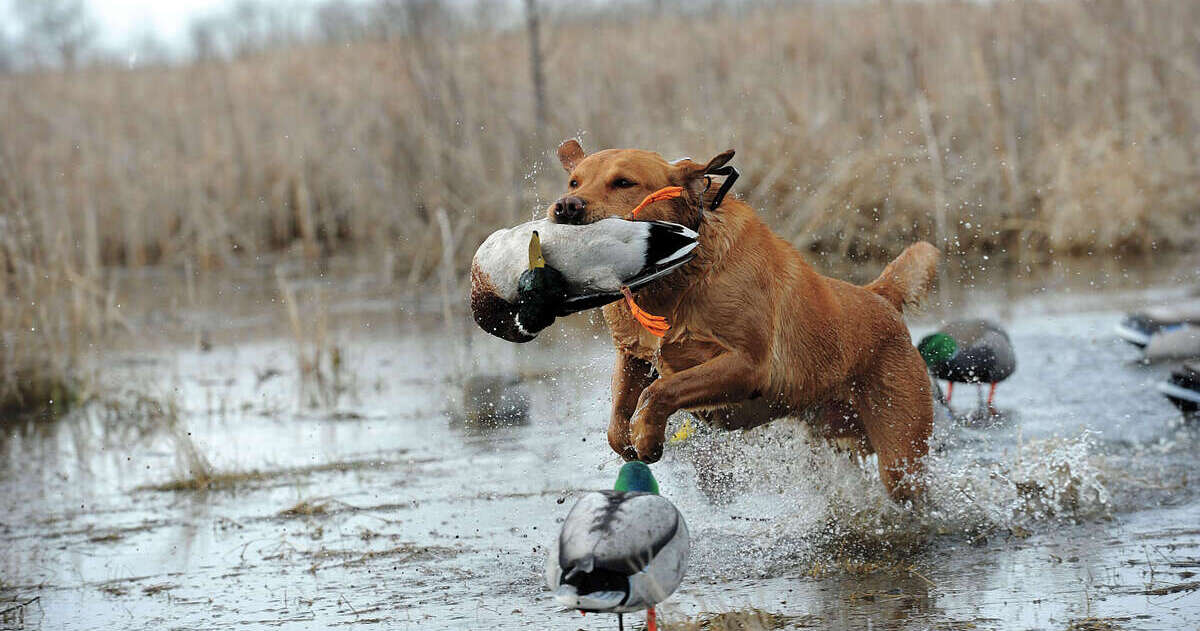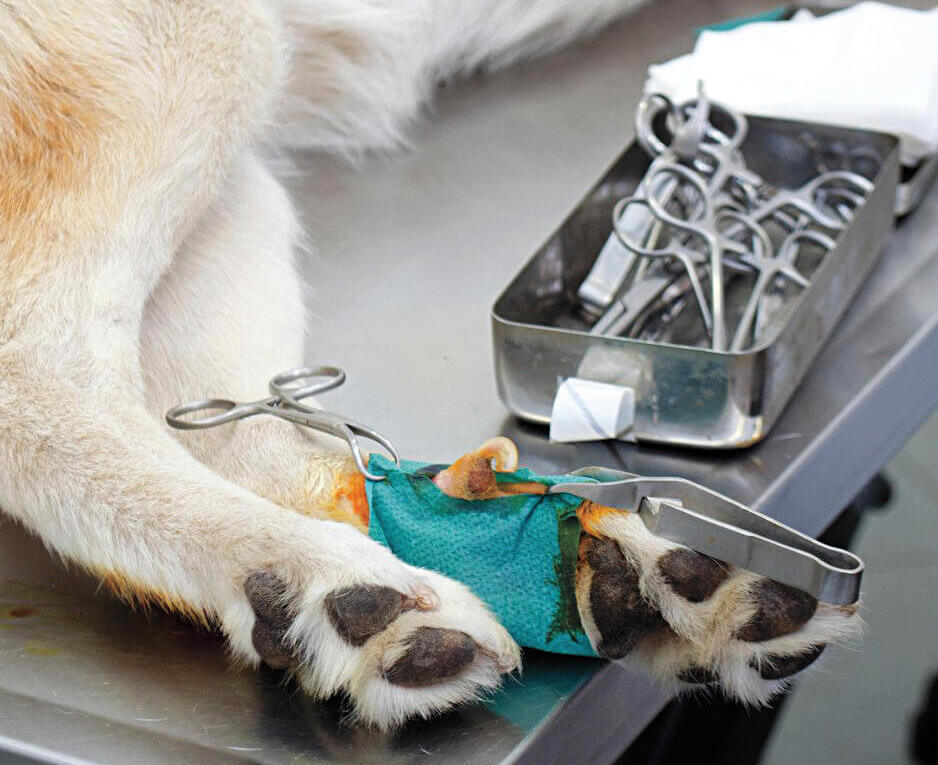The Great Dewclaw Debate
Removing these vestigial toes may do more harm than good
Removing these vestigial toes may do more harm than good


GAINING A TOEHOLD: Although once thought to be of little use, dewclaws serve an important purpose by helping dogs climb and gain traction when changing direction sharply.
One of the most fascinating pieces of folklore I’ve ever run across is the belief, held by a certain cadre of backwoods houndsmen, that a dog with intact dewclaws is “naturally snakeproof.” Why? Because the dews “suck up the poison,” of course.
While science may smirk at this country-fried wisdom, there’s a growing body of opinion that removing the dewclaws of newborn pups—a practice accepted virtually without question among breeders of purebred dogs for as long as anyone can remember—is unnecessary and even harmful. For one thing, it increases the risk of developing arthritis in the carpal joints (the dog’s ankles, essentially); for another, it robs them of some potentially crucial functionality.
A dog lacking dewclaws, you see, is at a serious disadvantage when required to climb—and if you’ve ever felt your heart jump into your throat watching your retriever struggle to get from open water onto an ice shelf, I needn’t say more. That the dewclaws should serve an important role in this respect makes sense when you consider that, in evolutionary terms, they’re the vestigial remnants of a fifth toe that helped the dog’s ancient ancestors scramble around in trees.
The rationale for removing dewclaws, of course, has always been that they’re accidents waiting to happen.
But according to veterinarians I’ve spoken to, dewclaw injuries are extremely rare. “In my last 10 years of practice,” Dr. Jennell Appel told me, “I’ve had only one case in which I had to do a full amputation of a dewclaw.”

Growing numbers of veterinarians now recommend leaving dewclaws intact, rather than removing them shortly after puppies are born, which has long been an established practice.
Appel, a specialist in canine sports medicine who travels to field trials, hunt tests, and agility events in her SportVet mobile clinic, believes strongly that dewclaws should be left intact. She explains, “When you watch slow-motion video of dogs in a canter—a fast-paced trot—the carpal pad on the back of the leg actually touches the ground. If the dog has to turn, and there’s no dewclaw there, a lot of extra torque is being applied to that carpal joint. But if the dewclaw is there, the dog can use it to ‘dig in,’ get extra traction, and relieve that torquing pressure.”
She adds, “We know there’s more stress on the ligaments of the carpal joint if the dog is lacking dewclaws, and that once those ligaments stretch out and create laxity in the joint it can lead to arthritis. What we’re telling people, then, is that while we don’t have all the science yet, we do know that extra stress is being applied when the dewclaw’s not there, and that this has to lead to some degree of breakdown.”
Appel’s bottom-line advice? Leave the dews alone. “The worst-case scenario,” she says, “is that if your dog suffers a dewclaw injury, we’ll deal with it. But until that happens, he’s better off with that dewclaw than he is without it.”
Ducks Unlimited uses cookies to enhance your browsing experience, optimize site functionality, analyze traffic, and deliver personalized advertising through third parties. By continuing to use this site, you agree to our use of cookies. View Privacy Policy